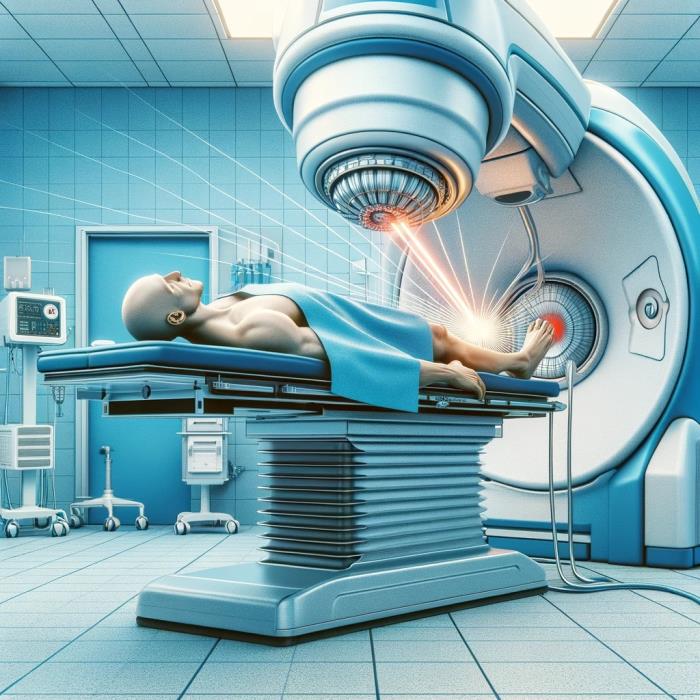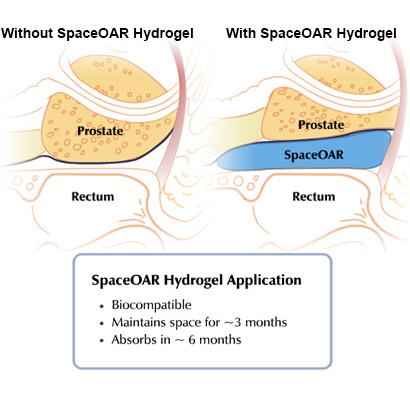6 Simple Techniques For Best Prostate Cancer Doctor
6 Simple Techniques For Best Prostate Cancer Doctor
Blog Article
Reliable Prostate Cancer Cells Therapy Options for Male
Prostate cancer is a widespread issue amongst males, with treatment choices differing depending on the stage and aggressiveness of the illness. While surgery remains a main therapy technique, there are also alternative methods such as radiation treatment, hormonal agent treatment, and immunotherapy that have shown promising results. Furthermore, strategies like careful waiting and energetic monitoring are obtaining acknowledgment for their function in taking care of prostate cancer cells. Recognizing the subtleties of these therapy options and their effectiveness is critical for making informed decisions concerning one's health and wellness and well-being.
Surgery as Treatment Alternative
Surgical treatment stands as a primary therapy choice for prostate cancer patients in instances where the disease is localized and surgical procedure is considered ideal by the medical care team. Prostate cancer cells surgical treatment intends to eliminate the cancerous cells from the prostate gland, either partly (prostatectomy) or completely (extreme prostatectomy) The decision to select surgical treatment is usually based on different factors, consisting of the stage of cancer, the client's general wellness, and possible negative effects.
One usual surgical strategy is robotic-assisted laparoscopic prostatectomy, which supplies precision and very little invasiveness compared to conventional open surgery. This method makes use of robotic arms regulated by the cosmetic surgeon to eliminate the prostate gland with boosted mastery and visualization.
While surgery can be efficient in getting rid of localized prostate cancer cells, it might require risks such as urinary incontinence and impotence. Patients considering surgical procedure must take part in extensive conversations with their doctor to consider the benefits and prospective downsides of this therapy option.
Radiation Therapy for Prostate Cancer Cells
Having explored the function of surgical treatment in treating local prostate cancer, the emphasis now moves to going over radiation treatment as an additional vital therapy technique for this illness. Radiation therapy makes use of high-energy rays to damage and target cancer cells in the prostate gland. There are 2 primary kinds of radiation treatment commonly made use of for prostate cancer cells: outside beam of light radiation and brachytherapy.
Exterior light beam radiation includes guiding radiation from a device outside the body in the direction of the prostate. This technique is commonly carried out daily over a number of weeks. On the other hand, brachytherapy involves positioning contaminated seeds straight into the prostate, delivering radiation from within. This strategy permits an extra targeted dose of radiation to the tumor while decreasing direct exposure to bordering healthy tissues.
Radiation therapy can be a standalone therapy for local prostate cancer cells or used in combination with other therapies, such as surgery or hormone therapy, relying on the phase and aggression of the cancer. Best prostate cancer hospital in Mumbai. Common adverse effects of radiation treatment may consist of fatigue, urinary system issues, and digestive tract issues, which are typically short-term and can be taken care of effectively
Hormonal Agent Therapy in Prostate Cancer Cells
Hormonal agent treatment is an important therapy method in taking care of prostate cancer, specifically in cases where the cancer has spread out beyond the prostate gland. Prostate cancer cells commonly depend on male hormones, such as testosterone, to expand. Hormonal agent treatment, also recognized as androgen deprivation therapy, aims to either minimize the manufacturing of these hormonal agents in the body or block their effects on the cancer cells.
There are various types of hormone treatment offered for prostate cancer therapy. Some males may profit from a mix of these therapies to efficiently manage the cancer cells.
Hormone therapy can help reduce the progression of prostate cancer, alleviate symptoms, and improve quality of life. It is not a medicinal treatment and might come with side results such as hot flashes, fatigue, and loss of libido - Best prostate cancer hospital in India. Regular monitoring and conversations with doctor are necessary to take care of the results of hormonal agent treatment properly
Immunotherapy for Prostate Cancer Cells
Immunotherapy has become an encouraging therapy method for prostate cancer, offering new methods for combating the illness. Unlike conventional therapies like surgery or radiation, which straight target cancer cells, immunotherapy works by utilizing the body's body immune system to identify and attack cancer cells.
One type of immunotherapy being discovered for prostate cancer is checkpoint preventions. These medications target proteins that protect against the immune system from acknowledging and assaulting cancer cells. By obstructing these proteins, checkpoint preventions can enhance the immune response versus prostate cancer cells.
One more strategy includes healing vaccines, which boost the immune system to target certain antigens located on prostate cancer cells. These vaccinations can aid the body immune system damage and identify cancer cells a lot more successfully.


Watchful Waiting and Energetic Security
In the world of prostate cancer cells management, particularly for cases where aggressive intervention may not be quickly essential, the method of watchful waiting and active surveillance plays a considerable role. Careful waiting includes monitoring the cancer cells without immediate therapy, intervening just if the cancer reveals indicators of development. This strategy is typically considered for older clients with slow-growing growths or those anchor with several health problems where the dangers of therapy might surpass the benefits.
Energetic monitoring, on the other hand, involves regular tracking through PSA examinations, electronic rectal tests, and regular biopsies. It is commonly suggested for clients with low-risk prostate cancer cells to carefully track any kind of adjustments in the cancer's actions. Therapy choices can be reevaluated. if there are indications of the cancer cells becoming extra aggressive.
Both careful waiting and active monitoring purpose to stay clear of unnecessary therapies and their possible side results, such as urinary system incontinence and impotence, while making sure prompt treatment if the cancer cells advances. These techniques provide a balance in between handling view it the cancer effectively and protecting the patient's lifestyle.
Verdict

Prostate cancer surgical treatment intends to get rid of the cancerous tissue from the prostate gland, either partially (prostatectomy) or totally (extreme internet prostatectomy)Having discovered the duty of surgery in dealing with localized prostate cancer cells, the focus now moves to going over radiation therapy as another important treatment modality for this illness.Hormone therapy is an important treatment strategy in managing prostate cancer cells, especially in instances where the cancer cells has actually spread out past the prostate gland. Watchful waiting entails checking the cancer cells without immediate therapy, stepping in only if the cancer reveals indicators of development. It is typically suggested for clients with low-risk prostate cancer to very closely track any type of modifications in the cancer cells's actions.
Report this page